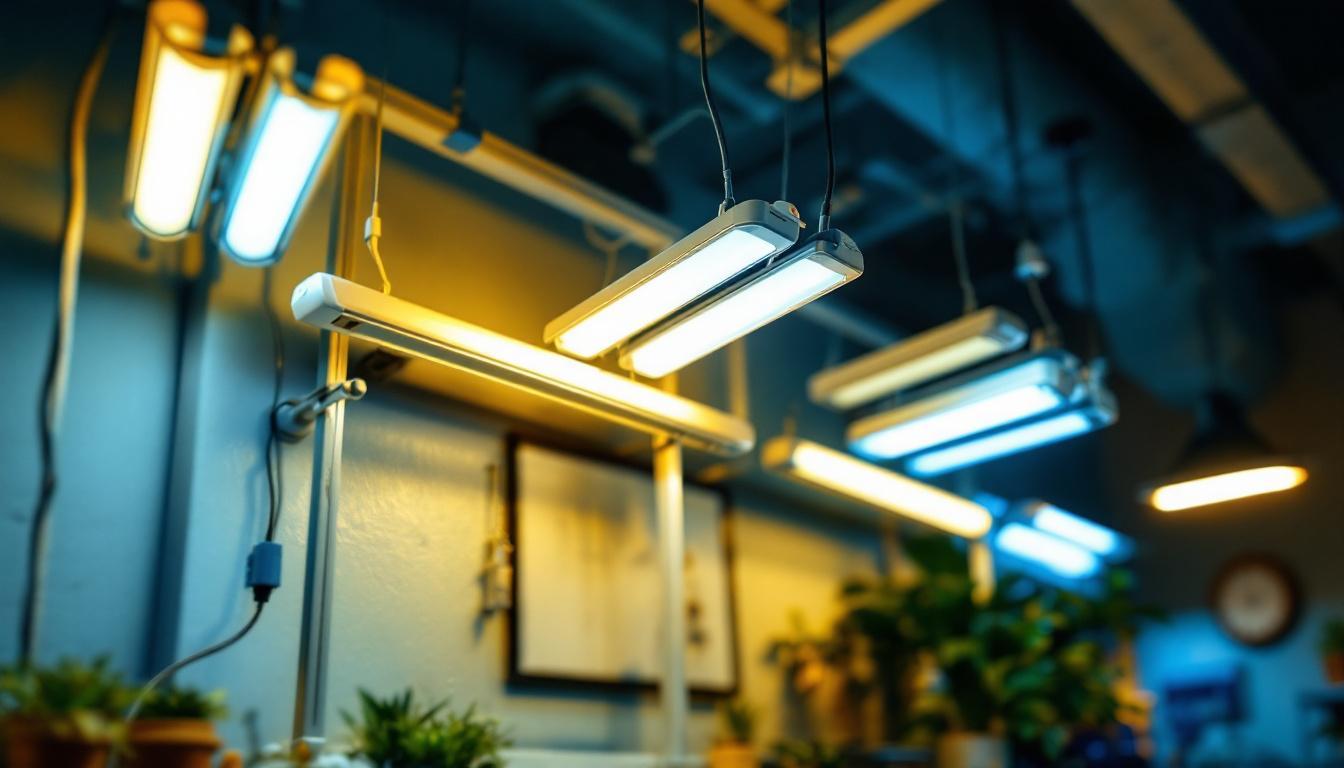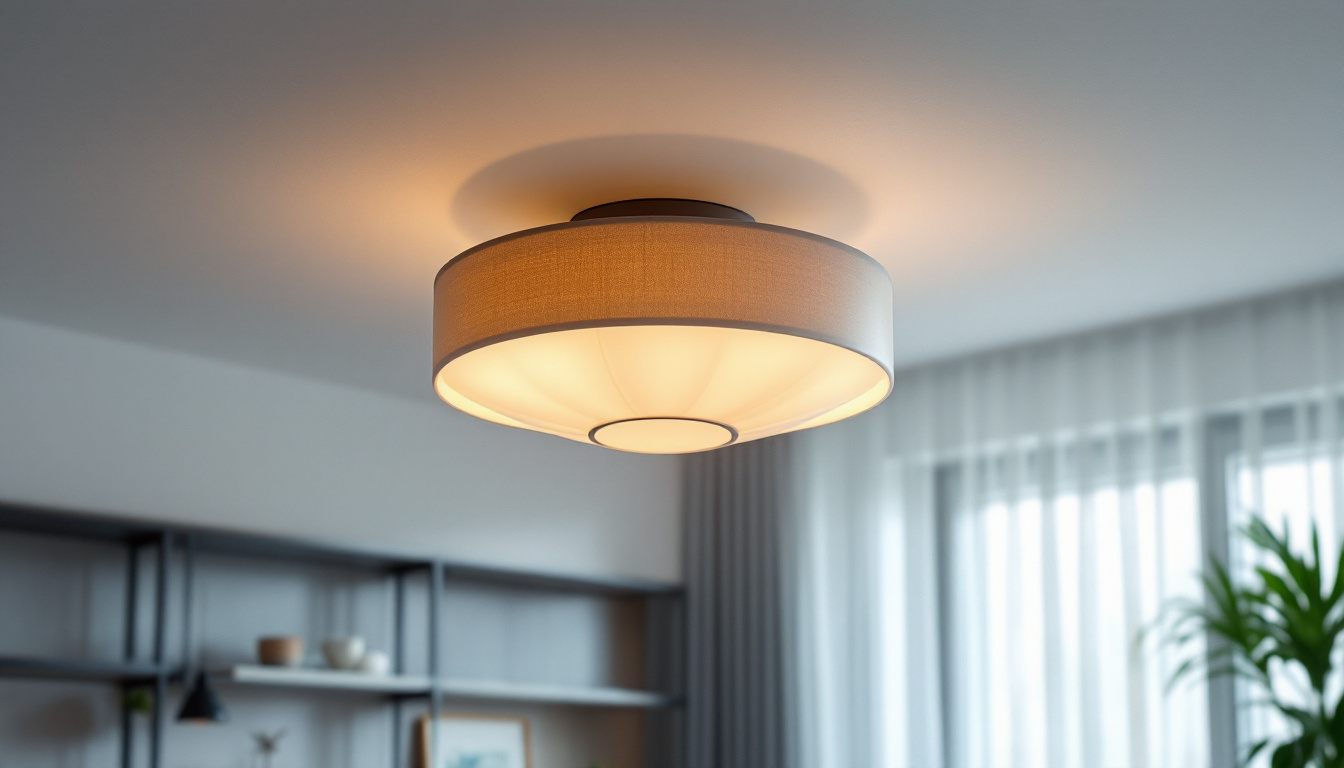
In the ever-evolving landscape of commercial lighting, LED technology has emerged as a game-changer, particularly for outdoor applications. As lighting contractors navigate the complexities of this market, understanding the nuances of commercial LED lighting for outdoor spaces becomes paramount. This article aims to demystify the key aspects of outdoor LED lighting, providing essential insights that contractors need to enhance their offerings and meet client expectations.
LED, or Light Emitting Diode, technology has revolutionized the way outdoor spaces are illuminated. Unlike traditional lighting solutions, LEDs offer numerous advantages that make them a preferred choice for commercial applications.
One of the most significant benefits of LED lighting is its energy efficiency. LEDs consume significantly less power compared to incandescent or fluorescent lights, translating to lower energy bills for businesses. This efficiency not only benefits the environment but also allows clients to allocate their budgets more effectively.
Moreover, the longevity of LED fixtures—often lasting up to 25 times longer than traditional bulbs—means that replacements and maintenance are less frequent. This durability is particularly advantageous for outdoor settings, where access to fixtures can be challenging. In addition to reducing costs, the extended lifespan of LEDs contributes to less waste, as fewer bulbs end up in landfills over time, aligning with sustainability goals that many companies strive to achieve.
LEDs provide superior light quality, offering a range of color temperatures and brightness levels. This versatility allows contractors to tailor lighting solutions to specific outdoor environments, whether it’s a parking lot, a park, or an architectural feature. The ability to choose from warm to cool light tones enables the creation of inviting atmospheres or stark, functional lighting, depending on the project’s requirements.
Additionally, advancements in LED technology have led to improved color rendering capabilities, ensuring that colors appear more vibrant and true to life. This is particularly beneficial for retail spaces and public areas where aesthetics play a crucial role. Furthermore, the compact size of LEDs allows for innovative design possibilities, enabling the integration of lighting into various structures and landscapes, such as embedded lights in walkways or accent lighting on buildings. This flexibility not only enhances the visual appeal of outdoor spaces but also improves safety by ensuring that pathways and critical areas are well-lit and easily navigable.
While the advantages of LED lighting are clear, there are several important considerations that lighting contractors must keep in mind when designing outdoor lighting systems.
Outdoor lighting fixtures are exposed to various environmental conditions, making weather resistance a critical factor. When selecting LED fixtures, contractors should ensure that they are rated for outdoor use, often indicated by an IP (Ingress Protection) rating. A higher IP rating signifies better protection against dust and moisture, which is essential for the longevity of the fixtures.
Moreover, the materials used in the construction of the fixtures should be durable enough to withstand harsh weather conditions, including extreme temperatures, rain, and UV exposure. Choosing high-quality materials will not only enhance the lifespan of the lighting but also reduce maintenance costs for clients. Additionally, it’s important to consider the potential for corrosion, especially in coastal areas where saltwater can accelerate deterioration. Using corrosion-resistant materials, such as stainless steel or specialized coatings, can significantly extend the life of outdoor lighting installations.
Effective outdoor lighting design goes beyond mere illumination; it involves creating a cohesive and functional lighting scheme. Contractors should consider factors such as the purpose of the space, safety requirements, and aesthetic preferences when designing the layout.
For instance, in parking lots, adequate lighting is essential for safety and security. This may require a combination of pole-mounted fixtures and wall-mounted lights to ensure even illumination throughout the area. In contrast, pathways and landscaping may benefit from softer, ambient lighting that enhances the visual appeal without creating harsh shadows. Furthermore, the integration of smart lighting technology can enhance functionality, allowing for adaptive lighting levels based on the time of day or occupancy. This not only improves safety but can also lead to energy savings, as lights can dim or turn off when not needed, aligning with sustainable practices that many clients now prioritize.
Compliance with local regulations and industry standards is a crucial aspect of any lighting project. Lighting contractors must be aware of the specific codes and guidelines that govern outdoor lighting in their area. This awareness not only ensures the legality of the installations but also fosters trust with clients who expect adherence to safety and quality benchmarks.
Many regions have implemented energy codes that dictate the efficiency standards for commercial lighting. These codes often encourage the use of energy-efficient technologies like LEDs. Contractors should familiarize themselves with these regulations to ensure that their projects not only comply but also promote sustainability. The shift towards energy-efficient lighting solutions is not just a regulatory requirement; it is also a response to the growing demand for environmentally responsible practices in the construction and design industries.
Additionally, understanding the principles of sustainable lighting design can enhance a contractor’s reputation and appeal to environmentally conscious clients. This includes considerations such as minimizing light pollution, using adaptive lighting controls, and selecting fixtures that reduce energy consumption. By integrating smart lighting systems that adjust based on occupancy and natural light levels, contractors can significantly lower energy usage while still providing adequate illumination. This proactive approach to sustainability can lead to long-term cost savings for clients and contribute positively to the environment.
Outdoor lighting must also adhere to safety standards, particularly in public spaces. This includes ensuring that fixtures are installed at appropriate heights, are securely mounted, and do not create hazards for pedestrians or vehicles. Contractors should consult local safety regulations to ensure compliance and prioritize the safety of all users. Furthermore, it is essential to consider the placement of lighting to avoid creating glare or shadows that could obscure visibility, thereby enhancing the overall safety of the area.
In addition to physical safety, contractors should also be aware of the electrical safety standards that govern outdoor installations. This involves using weather-resistant fixtures and ensuring that all electrical components are properly rated for outdoor use. Regular maintenance checks and inspections can help to identify potential hazards before they become serious issues. By prioritizing both physical and electrical safety, contractors can create well-lit environments that are not only functional but also secure for all who use them.
The outdoor LED lighting sector is continually evolving, with new innovations emerging to enhance functionality and efficiency. Staying informed about these advancements can give contractors a competitive edge in the market.
Smart lighting technology is rapidly gaining traction in outdoor applications. These systems allow for remote control and automation of lighting, enabling contractors to offer clients enhanced convenience and energy savings. Features such as motion sensors, timers, and dimming capabilities can significantly improve the overall efficiency of outdoor lighting systems.
Moreover, integrating smart technology can provide valuable data insights, allowing clients to monitor energy usage and adjust settings based on real-time needs. This adaptability is particularly appealing for businesses looking to optimize their operational costs.
Solar-powered LED lighting is another innovative solution that has gained popularity in outdoor applications. These fixtures harness solar energy, reducing reliance on the grid and offering a sustainable lighting option. They are particularly beneficial in remote areas where traditional power sources may be unavailable.
When considering solar-powered options, contractors should evaluate factors such as solar panel efficiency, battery capacity, and the specific lighting needs of the space. Properly designed solar lighting systems can provide reliable illumination while minimizing environmental impact.
While the benefits of outdoor LED lighting are numerous, contractors may encounter challenges during installation and maintenance. Understanding these challenges and their solutions can streamline the process and enhance project outcomes.
Outdoor installations often present unique challenges, such as difficult terrain, access issues, and existing infrastructure. Contractors should conduct thorough site assessments to identify potential obstacles and plan accordingly. Utilizing specialized equipment and techniques can facilitate smoother installations, ensuring that projects are completed on time and within budget.
Additionally, providing clear communication with clients about the installation process can help manage expectations and foster positive relationships. Transparency regarding timelines and potential challenges can lead to a more collaborative and successful project.
While LED fixtures are generally low-maintenance, regular upkeep is essential to ensure optimal performance. Contractors should educate clients on the importance of periodic inspections and cleaning to prevent dirt and debris from affecting light output.
Establishing a maintenance schedule can help clients prolong the lifespan of their lighting systems and avoid costly repairs. Offering maintenance services as part of a contractor’s portfolio can also enhance client satisfaction and loyalty.
Commercial outdoor LED lighting presents a wealth of opportunities for lighting contractors, from energy efficiency to innovative technologies. By understanding the intricacies of LED technology, regulatory compliance, and design considerations, contractors can deliver exceptional lighting solutions that meet the diverse needs of their clients.
As the landscape of outdoor lighting continues to evolve, staying informed about industry trends and innovations will be key to maintaining a competitive edge. By embracing these advancements and prioritizing quality and sustainability, contractors can position themselves as leaders in the commercial LED lighting market.
Ultimately, the goal is to create safe, aesthetically pleasing, and functional outdoor environments that enhance the user experience while meeting the demands of modern commercial spaces. With the right knowledge and approach, lighting contractors can successfully navigate the complexities of outdoor LED lighting and deliver outstanding results.
Ready to elevate your outdoor lighting projects with the best in LED technology? Look no further than LumenWholesale, where we provide contractors with the highest quality, spec-grade lighting products at unbeatable wholesale prices. Say goodbye to local distributor markups and hello to superior lighting solutions that meet the highest industry standards. With our hassle-free bulk buying and free shipping, you can ensure every outdoor space shines brilliantly without breaking the bank. Discover wholesale lighting at the best value and make LumenWholesale your go-to for reliable, high-performance lighting that combines quality, affordability, and convenience.

Discover how fluorescent lamp lumens can boost your lighting project efficiency by up to 20%.

Explore the essentials of black exit signs in this insightful guide tailored for lighting contractors.

Discover essential tips and expert advice for lighting contractors on mastering the installation of kitchen under cabinet lights.

Discover why lighting contractors should prioritize semi flush ceiling lights in their projects.